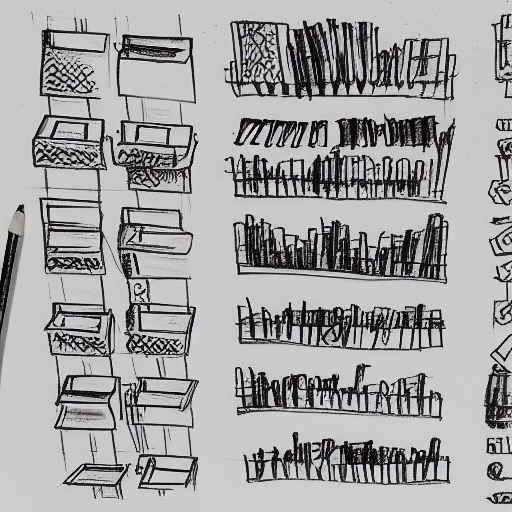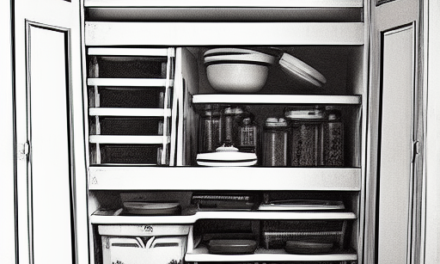Time management
Time management at work is a critical skill to have. It can improve your mood in the workplace and open up opportunities for growth. When you manage your time properly, you can focus on what you need to do and avoid juggling responsibilities. Using simple strategies such as to-do lists can help you achieve your goals.
The most important technique is to prioritize your tasks. You should consider deadlines, bottlenecks, and consequences before deciding on your priorities. Using critical thinking helps you weigh all these factors and decide on what is most important. Taking breaks is an important part of managing time at work. It is also essential to set a time for yourself to leave the office.
Time management at work can be difficult when you don’t know which tasks are important and which ones are not. It’s important to prioritize your tasks to determine the highest priorities and get them done as quickly as possible. It’s easy to get caught up in responsibilities that are important but not urgent. Regardless of whether it is a large project or a simple task, prioritizing your tasks can make your time more productive.
Effective time management will help you finish tasks faster and meet deadlines. It will also allow you to prioritize and get things done on time, which will improve your professional image. It’s important to know how to manage your time at work if you want to succeed in your career and your personal life.
Organizing tasks by category
One of the best ways to stay on top of your work is by organizing tasks by category. This will keep you from feeling overwhelmed by the amount of work you have to do. This method will help you identify the tasks you need to complete and make them more visible. It will also make it easier to see all of your responsibilities at once, which will help you complete them faster.
Once you have a list of the tasks that need your attention, you should plot out when you need to get them done. To make this easy, you can make a calendar and block out time for each task. This way, you will know exactly what needs to be done when, and you will also know not to do anything else during those times.
Using a digital calendar
Using a digital calendar is an effective way to stay on top of your tasks, not to mention manage your time. Whether it is for work or personal reasons, having an organised calendar will ensure you don’t miss an important event or task. You’ll also be able to easily schedule new items into your calendar. It can also help you increase your productivity by writing down tasks and commitments and maximizing your time each day. In addition, a digital calendar allows you to share it with others, which will help you plan events and meetings with colleagues.
To keep your schedule organised, colour-coding can help. On the calendar, new tasks and events are denoted with a circular color icon. By default, this is blue, but you can choose a different color if you prefer. Alternatively, you can use Google’s color picker to add your own custom colors.
Using a digital calendar to organis a busy schedule will help you work smarter and achieve more. It will also improve your work life by increasing your productivity and lowering stress levels. Whether you are in a fast-paced office or a freelancer, using a digital calendar will help you stay organised and productive.
According to a study by the University of North Carolina, 70% of adults use a digital calendar to organise their time. They keep their calendar open all the time and consult it at least once a day. The remaining two percent use it only occasionally. While it’s helpful to organise yourself in this way, you shouldn’t rely solely on your calendar to stay organised.
Prioritising your workload
Prioritising your workload at work means identifying the most important tasks and breaking them down into smaller parts. In most cases, this involves categorising tasks by how long they will take, their deadline, and their end result. Then, you can break each task down further into smaller parts, such as weekly tasks or daily priorities. When dealing with multiple priorities, you should keep calm and be prepared for the unexpected.
Once you’ve identified what needs the most attention, allocate time to tackle each task. If you don’t allocate time to your tasks, they’ll remain undone, and you’ll risk failure. You may need to seek help from your manager or team members, or block specific times in your calendar.
Prioritising your workload at work can help you work smarter and achieve greater results. You’ll have more time to focus on what’s most important, and you’ll feel less stressed. It can also help you create better boundaries and improve your work-life balance. If you’re working hard and completing the most important tasks first, you’ll be more productive and reduce stress.
The way you prioritize your tasks depends on your job and your personal style. One strategy suggests that you tackle the biggest tasks first, and less important ones later. This method requires a clear system, but it can be effective.
Keeping a whiteboard in the common area
Whiteboards can be extremely useful for a number of different tasks. You can use them for to-do lists, to plan your day, to write down important phone numbers, and even to pin pictures to. You can also use magnets and push pins to attach pictures to your whiteboard, so you can easily find them when you need them. It’s also a great place to put inspirational pictures.
Another useful feature of a whiteboard is its ability to help you allocate time. You can allocate certain time slots for each task and then use sticky notes to mark progress. Use a different color of sticky notes for different tasks. This way, you can easily keep track of your progress and stay organised at the same time.
Whiteboards can also be used for notes and homework. You can use the whiteboard as a place to write down ideas, which will help you organise yourself better. Keeping a whiteboard in a common area at work can help you get everything done faster. Just make sure to use it with the right intention. If you are a teacher, it is essential to remember your students’ needs, not your own. For example, if you use your whiteboard solely as a workspace, you might miss important vocabulary or grammar rules.
Using visuals is one of the most effective ways to hold people’s attention. Visuals help them retain information, and they also trigger memory.
Keeping a task list
Keeping a task list at work can help you organise yourself and avoid work overload. It will help you keep track of your tasks and determine which ones need immediate attention and which ones can wait. Keeping a task list at work can make you appear more organised, focused and reliable.
You can keep a task list in MSWord or Excel, or you can use a task management software like Gmail or Outlook. There are also popular online task management services such as Remember the Milk, which will sync with your email and smartphone. If you prefer to use software, you can also try Todoist. These services will help you to manage your tasks in a faster and easier manner.
Once you have your list, make it a point to prioritize each task. Prioritize tasks based on their importance and the impact on other people’s duties. For example, a coworker writing blog copy needs to post the content. The time spent on this task will impact her schedule.
Keep a scrap piece of paper next to your desk while you are working. This will allow you to jot down quick notes that you can copy into your official to-do list later on. You should also add tasks with due dates. The due date will help you to prioritize them. Of course, not all tasks need a hard deadline, but it can help you stay organised.












